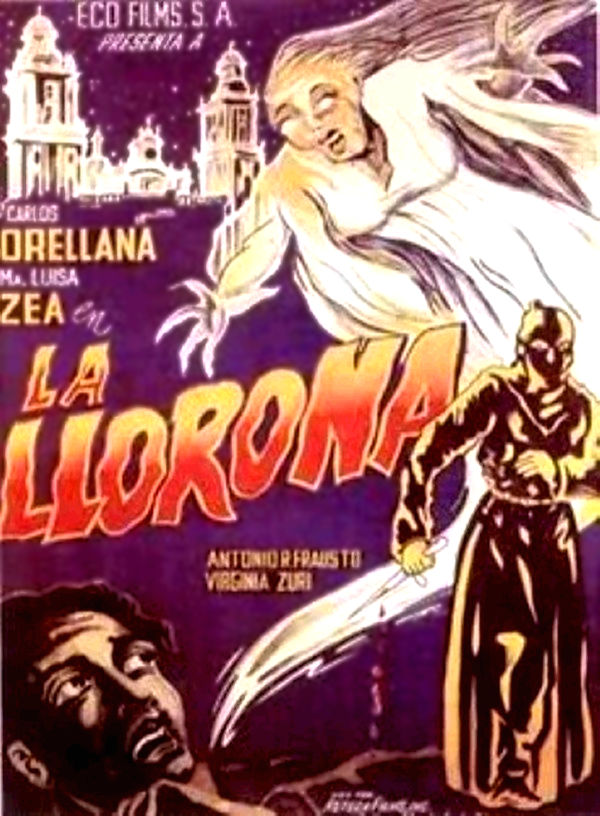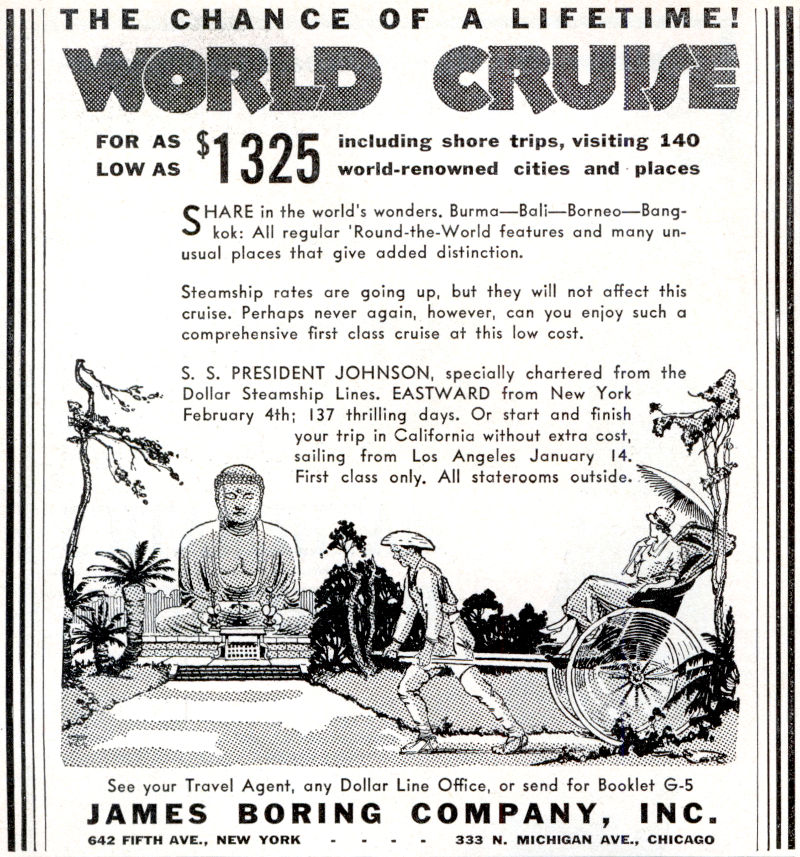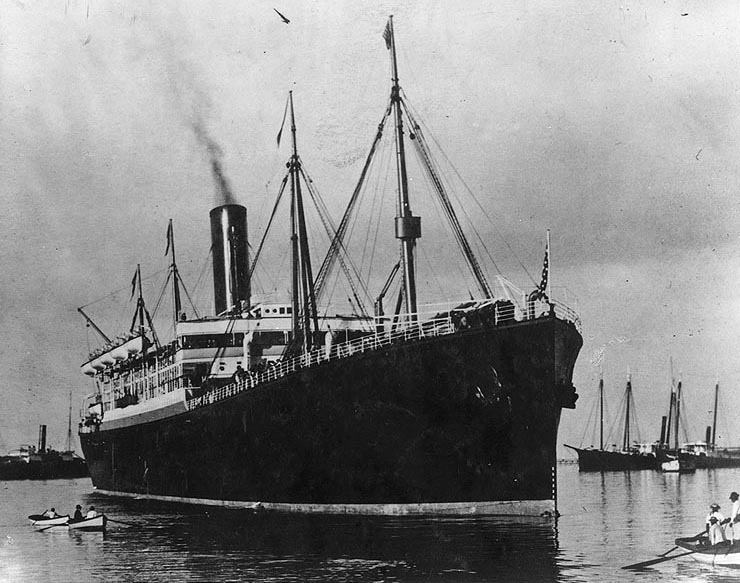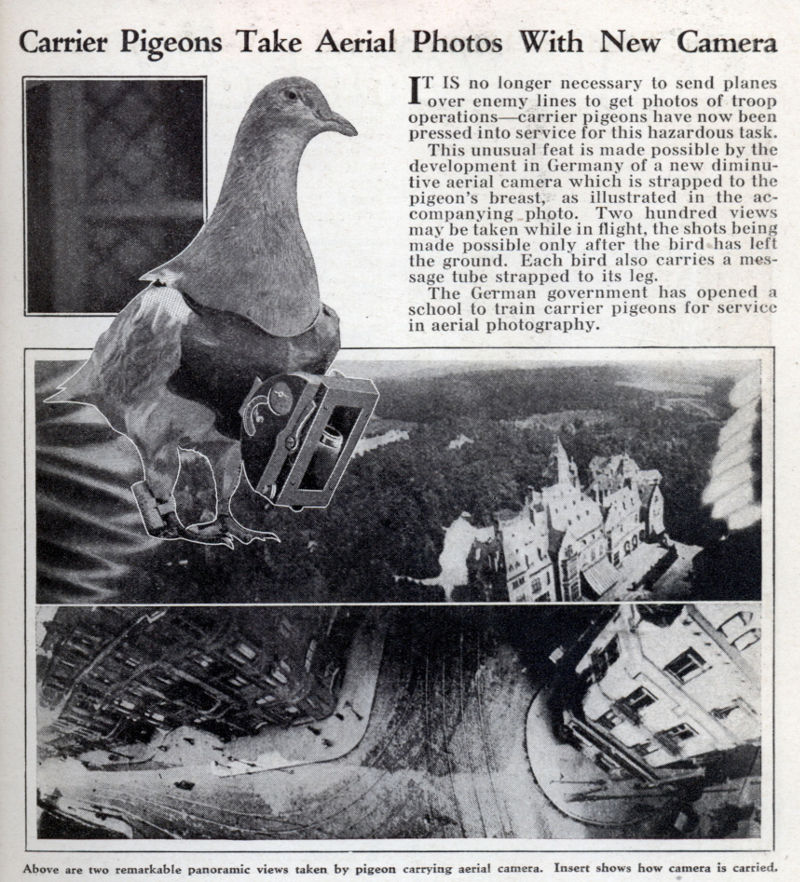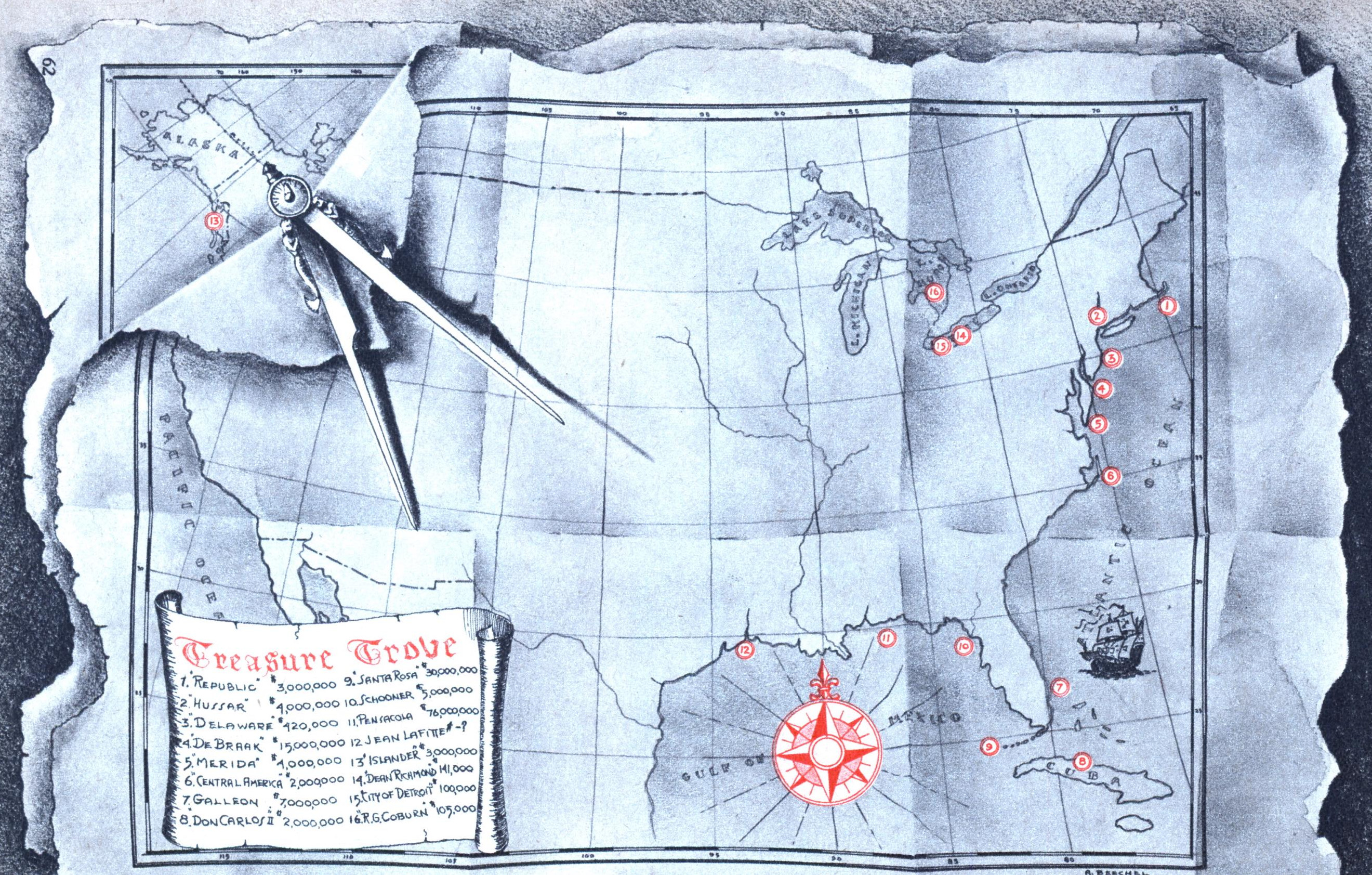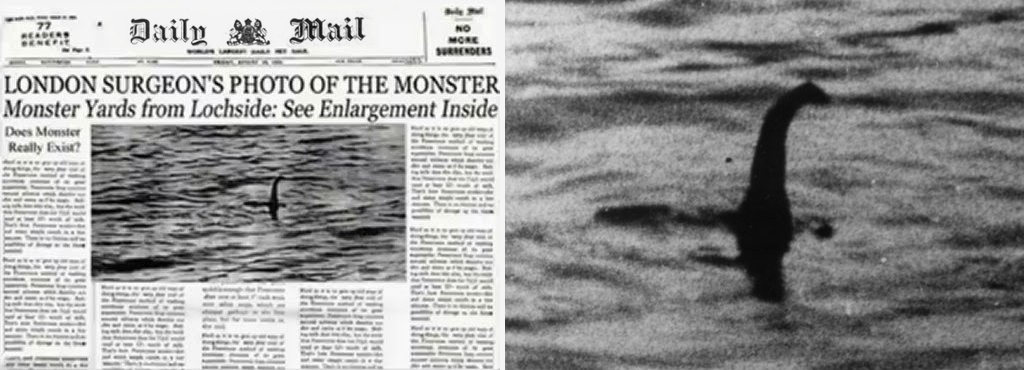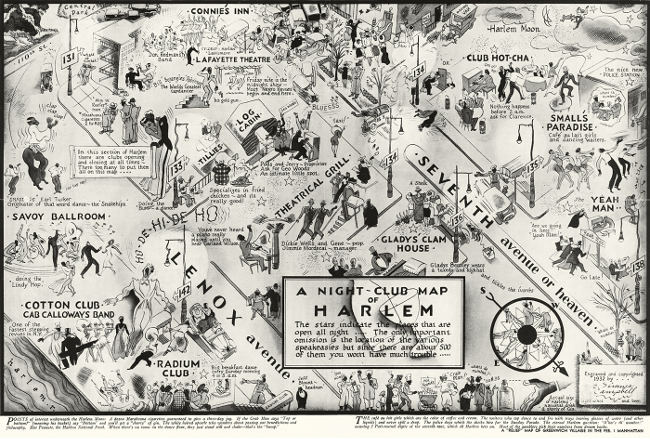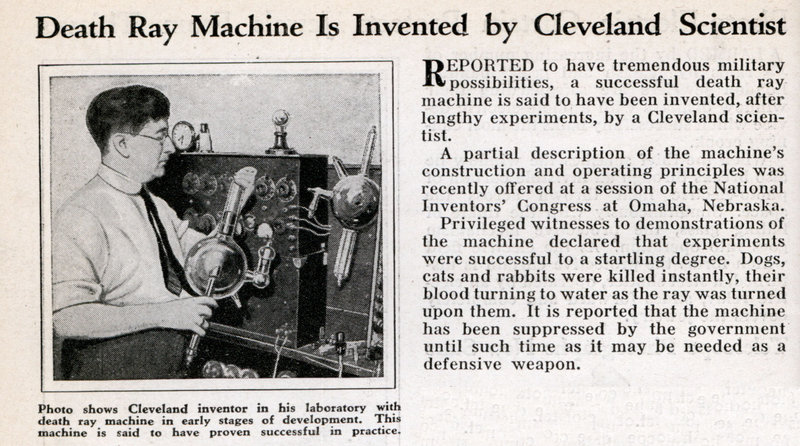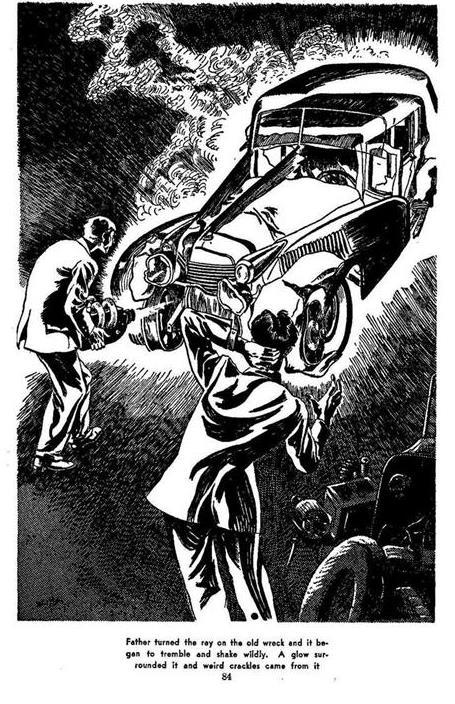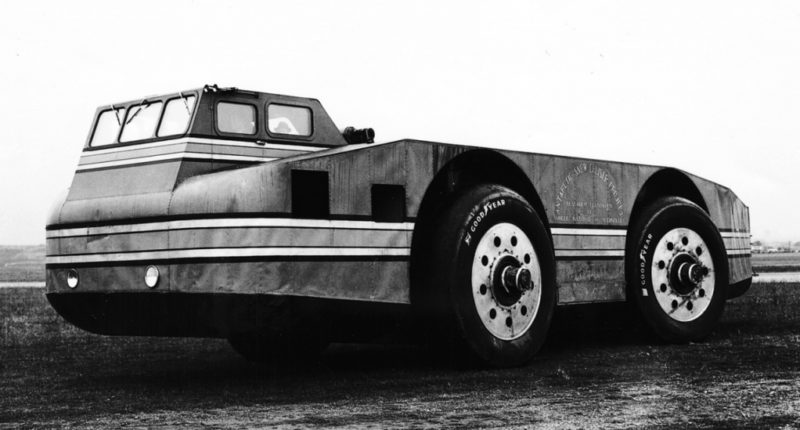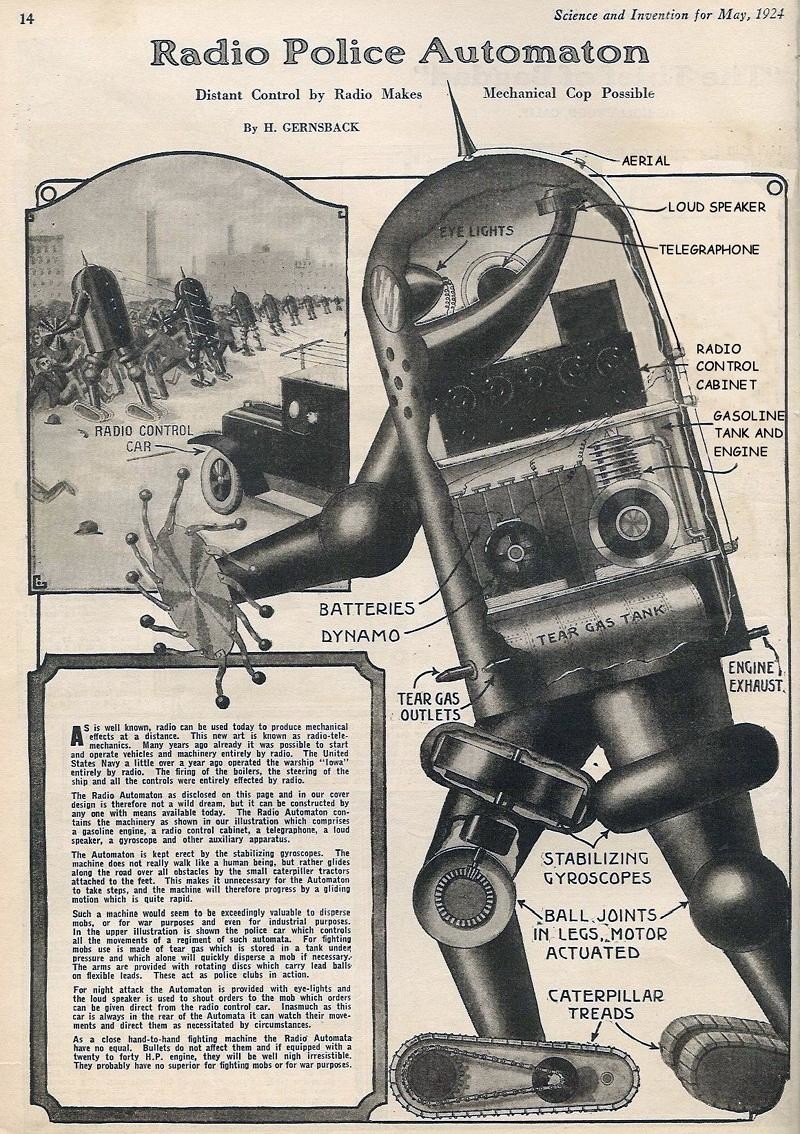The legend of La llorona (The Crying Woman) is that of the wandering spirit of a woman who murdered her children after her lover betrayed her by marrying another woman. Spurned by St. Peter until she could bring the souls of her children with her to the Gate of Heaven, she roams the earth, crying, “¡Ay, mis hijos, mis hijos!” (Oh, my children, my children!). Her appearance is said to be a sign of impending disaster or death.
In modern day Mexico, a man on the street is supernaturally killed after hearing the eerie sound of a wailing woman. We then arrive at the manor of an upper class family, who are celebrating their young son’s birthday. A mysterious cloaked figure is eavesdropping on them, taking advantage of secret rooms and passages. Eventually, the intruder (who appears to be possesessed) kidnaps and attempts to murder the boy at a pagan altar using a sacrificial knife and stone. While this story unfolds, two flashbacks to the Elizabethan and Inquisition era are related, explaining the origins of the “wailing woman”. In one, a woman with an illegitimate child has been abandoned by her lover. His formerly faithful friend forces him to a duel over this betrayal. The woman kills her baby and herself, and upon her death a wraith ascends skyward from her corpse. In the other story, an Indian woman has her baby taken from her by the authorities, and she descends into madness and suicide, with her spirit also leaving her body upon death. An ancient ring worn by the principals, as well as the knife and stone, are the bonds between the stories. (IMDb)
